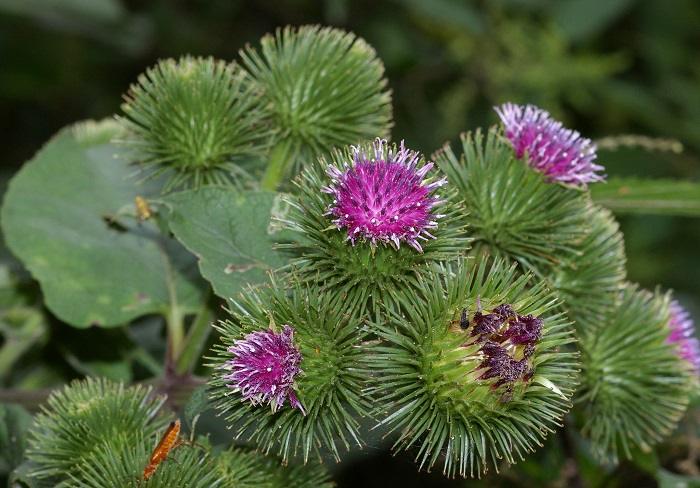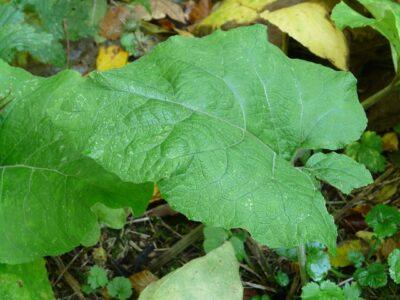The burdock plant has a long history of use in many countries, including in the United States. Burdock (Arctium lappa) has been valued for its ability to ease skin problems, scalp issues, and especially for targeting lung, liver and stomach problems.
This plant is mentioned in written history as far back as the 1600s and is also discussed in the 1869 book Physio-Medical Dispensatory.
It is always a good idea to have a basic understanding of plants and how they can be used to help us. Burdock is a terrific one to learn about, as it can be used not only for medicine, but the roots are sometimes used as food.
The truth, though, is that the entire plant can be eaten.
Burdock roots are actually quite popular in Japan, where they are skinned and then cut into thin rounds and used in soups or stir fry. Young, tender leaves are eaten in the same way that lettuce is, and in salads or sandwiches.
‘Miracle Oil Maker’ Lets You Make Fresh Nut Oils Within Minutes!
The root of this plant has a diuretic action, which is believed to help the body remove waste.
The leaves and root can be used to make a tea to help cleanse wounds. Additionally, many people say that drinking the tea helps to give them more energy.
Skin issues, such as rashes, insect bites or wounds, can be washed with a strong tea made from either the leaves or the roots. Some native tribes used the wet leaves as a type of bandage to promote healing.
Our pioneering ancestors often used burdock leaves and/or root as a means of clearing up lung problems, such as colds, congestion, or from the flu. Boiling the plant and breathing in the steam was common. This mixture would then be allowed to cool a bit, strained, and consumed as a tea.
Burdock tea is also thought to help stop dandruff and relieve itchy scalps, and to give a beautiful shine to the hair.
A typical tea was made by boiling approximately 1 tablespoon of dried leaves and/or roots in 2 cups of water for 20 minutes. Sometimes, the entire plant was simply removed from the ground, the dirt washed off, and placed in boiling water.
Grow Burdock at Home!
This plant is native to just about every state in the U.S., but if you want to be certain that you are getting some organic, premium burdock, why not grow some of your own? Drying the leaves and root is very easy and it lasts for years if stored properly.
Burdock seedlings really like compost, but the truth is that it grows just about everywhere. For the biggest, longest roots possible, be certain that the ground is free from rocks or very hard-packed dirt. Some roots can grow as long as four feet, so choose loose soil. Keep the plants watered when they become too dry. Burdock needs little care once you get started.
Beet Powder: The Ancient Secret To Renewed Energy And Stamina
If you want bigger roots, then keep the flowers and burrs picked off and prune some of the larger leaves. Young, tender leaves taste a great deal like spinach!
Roots should be ready for harvest about 100 days after germination. You can peel them and eat them raw or cooked.
An Interesting Note
Burdock was once considered to be sacred to Thor by the early Celtic people. Since it was Thor who ruled over summertime storms, the plant was often collected during midsummer and placed on house gables as protection from lightening.
While burdock won’t protect you from lightening, it is certainly good to know that this source of food and medicine is readily available should you need it.
Have you ever used burdock? What advice would you add? Share it in the section below:
Harness The Power Of Nature’s Most Remarkable Healer: Vinegar
 Off The Grid News Better Ideas For Off The Grid Living
Off The Grid News Better Ideas For Off The Grid Living





